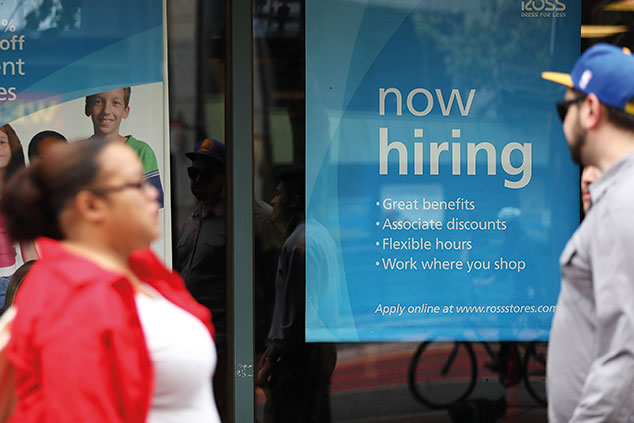
“When it comes to financial gains, investors are retaining the edge over workers,” says Gina Chon on Breakingviews. The White House said this year’s corporate tax cut, which saw the rate fall from 35% to 21%, would give households a big boost. But there’s little sign of that so far, despite the tightening labour market.
In May US payrolls grew by an impressive 223,000, and the unemployment rate slipped to an 18-year low of 3.8%. A broader gauge of unemployment, which includes part-time workers who want a full-time job and those who have become discouraged and stopped looking for a position, fell to 7.6%, a 17-year low. Wage growth rose to an annual rate of 2.7% – not bad, but not the sort of figure you would expect to see if companies really had used their windfall to boost compensation.
So what have they done with the money? They have bought back stock, says Chon. Tonnes of it. In May the value of announced stock buybacks reached $171bn, a new monthly record. JP Morgan is pencilling in a 51% increase to a record $800bn for 2018. That’s $5,000 “for every member of the civilian labour force”. Yet the overall trend of wage rises gathering momentum as the labour markets tightens remains intact.
Pay growth at small firms has risen sharply, while the number of voluntary job-leavers continues to increase, signalling confidence in job-finding prospects. Indeed, this gauge hasn’t been this strong in two economic cycles, according to Tom Porcelli of RBC Capital Markets. And it “leads wage growth by a few quarters”.
The upshot is that annual earnings growth should top 3% later this year. It may be taking time, but the prospects for wage growth – and higher inflation and interest rates – continue to improve.